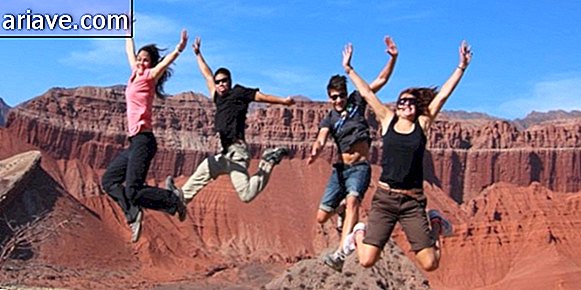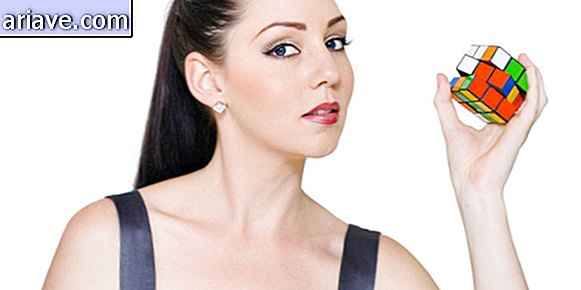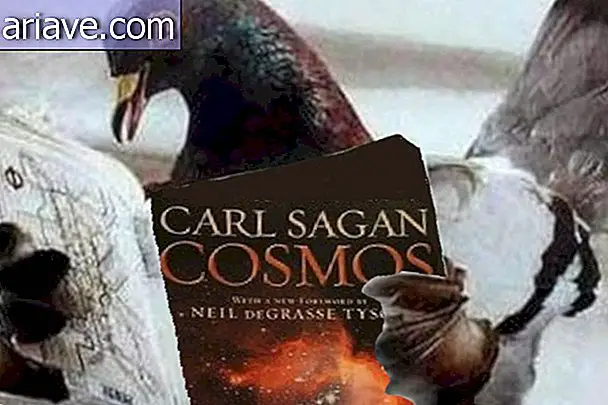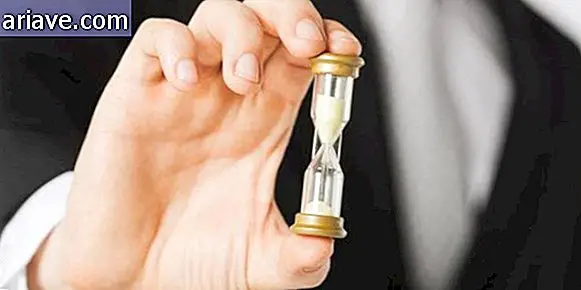3D Printer Solves Watery Ketchup Problem
At this point in life no one really doubts the power of 3D printers, right? We have already seen here that it is possible to reconstruct a human skull from a three-dimensional mold, produce new medicines, make a minif liver, make a "tasty" infinite bacon and even help defenseless animals. Now these machines have reached a new level: solving the watery ketchup problem.
We are not talking about that product of dubious quality, but rather that watery drift from the first squeeze in the ketchup bottle. Whether it is pastel, drumstick, pizza or hamburger, the first spray of ketchup is always “thin and disgusting”. With that in mind, North Liberty High School students Jonathan Thompson and Tyler Richards developed a very clever solution: a new cap.
Students are part of the Lead the Way project, in which more than 5, 000 US schools are included. Here students test their knowledge and develop new skills involving science, technology, engineering and math (STEM). The goal proposed by the teachers was simple: students should find a solution to something that directly affected their lives.
The end of watery ketchup is decreed
After scouring tons of patents and conducting extensive research, Richards and Thompson developed about 60 possible cover models. They later opted for the “mushroom” design. This in turn is based on the glass of Pythagoras, which can only be filled to some extent before spilling the contents over the edges.
The prototype, which was made using a 3D printer, looks like a regular cap on a compressible ketchup bottle, except for what appears to be an upside-down mushroom on the bottom of the cap. According to the makers of the contraption there is no way for ketchup to pass through the tip of the mushroom.
In this way, the pressure causes the liquid to push and overlap the barrier. With this, the water is in the small base of the lid and the ketchup comes out quietly. That simple. No more watery drumsticks or tomato juice pastries. Did you like the invention? What other items would you like to create with a three-dimensional printer?











